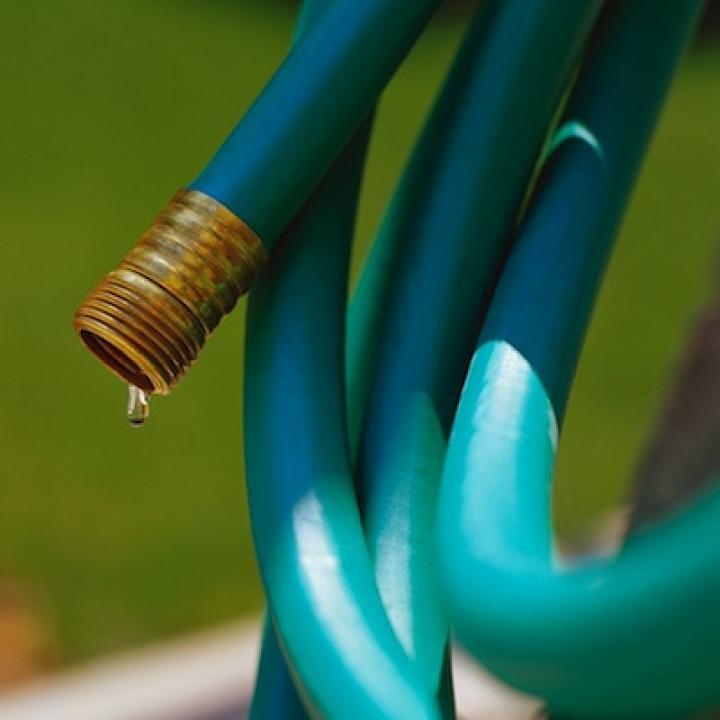
With water becoming a scarce and costly commodity in some areas, many vegetable gardeners might wonder just how much water plants really need.
In areas without drought, a common mistake new gardeners make is watering too much!
To address the big watering question, below is a chart that tells you critical times to water each vegetable crop as well as the number of gallons of water needed.
Of course, these guidelines assume that you have rich, well-balanced soil. Increase frequency during hot, dry periods.
NOTE: If you wish to print this aricle, click on the “Print” icon above.
Vegetable |
Critical time(s) to water for a 5-foot row |
Number of gallons of water needed |

Beans
When flowers form and during pod-forming and picking
2 per week depending on rainfall

Beets
Before soil gets bone-dry
1 at early stage; 2 every 2 weeks

Broccoli
Don’t let soil dry out for 4 weeks after transplanting.
1 to 1 ½ per week

Brussels sprouts
Don’t let soil dry out for 4 weeks after transplanting.
1 to 1 ½ per week

Cabbage
Water frequently in dry weather for best crop
2 per week

Carrots
Before soil gets bone-dry
1 at early stage; 2 every 2 weeks as roots mature

Cauliflower
Water frequently for best crop.
2 per week

Celery
Water frequently for best crop.
2 per week

Corn
When tassels form and when cobs swell
2 at important stages (left)

Cucumbers
Water frequently for best crop.
1 per week

Lettuce/Spinach
Water frequently for best crop.
2 per week

Onions
In dry weather, water in early stage to get plants going.
½ to 1 per week if soil is very dry

Parsnips
Before soil gets bone-dry
1 per week in early stages

Peas
When flowers form and during pod-forming and picking
2 per week

Potatoes
When the size of marbles
2 per week

Squash
Water frequently for best crop.
1 per week

Tomatoes
For 3 to 4 weeks after transplanting and when flowers and fruit form
1 gallon twice a week or more

Needs a lot of water during dry spells.

Needs water at critical stages of development.

Does not need frequent watering.
For more on watering the garden, especially in drought, click to read our article on “The Water-Wise Garden.”






